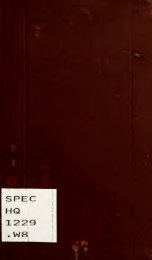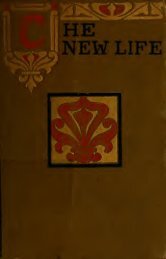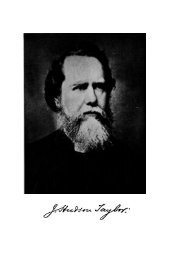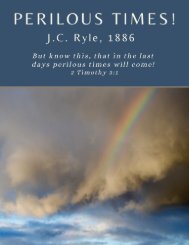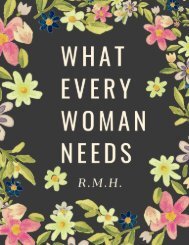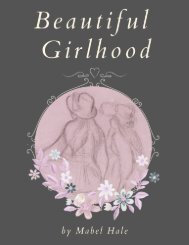The Case For Christ
The Case for Christ records Lee Strobel's attempt to "determine if there's credible evidence that Jesus of Nazareth really is the Son of God." The book consists primarily of interviews between Strobel (a former legal editor at the Chicago Tribune) and biblical scholars such as Bruce Metzger. Each interview is based on a simple question, concerning historical evidence (for example, "Can the Biographies of Jesus Be Trusted?"), scientific evidence, ("Does Archaeology Confirm or Contradict Jesus' Biographies?"), and "psychiatric evidence" ("Was Jesus Crazy When He Claimed to Be the Son of God?"). Together, these interviews compose a case brief defending Jesus' divinity, and urging readers to reach a verdict of their own.
The Case for Christ records Lee Strobel's attempt to "determine if there's credible evidence that Jesus of Nazareth really is the Son of God." The book consists primarily of interviews between Strobel (a former legal editor at the Chicago Tribune) and biblical scholars such as Bruce Metzger. Each interview is based on a simple question, concerning historical evidence (for example, "Can the Biographies of Jesus Be Trusted?"), scientific evidence, ("Does Archaeology Confirm or Contradict Jesus' Biographies?"), and "psychiatric evidence" ("Was Jesus Crazy When He Claimed to Be the Son of God?"). Together, these interviews compose a case brief defending Jesus' divinity, and urging readers to reach a verdict of their own.
You also want an ePaper? Increase the reach of your titles
YUMPU automatically turns print PDFs into web optimized ePapers that Google loves.
the fidelity with which this material has come down to us,<br />
especially compared with any other ancient literary work."<br />
That conclusion is shared by distinguished scholars throughout<br />
the world. Said the late F. F. Bruce, eminent professor at the<br />
University of Manchester, England, and author of <strong>The</strong> New<br />
Testament Documents: Are <strong>The</strong>y Reliable?: "<strong>The</strong>re is no body of<br />
ancient literature in the world which enjoys such a wealth of<br />
good textual attestation as the New Testament."<br />
Metzger had already mentioned the name of Sir Frederic<br />
Kenyon, former director of the British Museum and author of <strong>The</strong><br />
Palaeography of Greek Papyri. Kenyon has said that "in no other<br />
case is the interval of time between the composition of the book<br />
and the date of the earliest manuscripts so short as in that of<br />
the New Testament."<br />
His conclusion: "<strong>The</strong> last foundation for any doubt that the<br />
scriptures have come down to us substantially as they were<br />
written has now been removed."<br />
However, what about discrepancies among the various manuscripts?<br />
In the days before lightning-fast photocopying machines,<br />
manuscripts were laboriously hand-copied by scribes, letter by<br />
letter, word by word, line by line, in a process that was ripe<br />
for errors. Now I wanted to zero in on whether these copying<br />
mistakes have rendered our modern Bibles hopelessly riddled with<br />
inaccuracies.<br />
EXAMINING THE ERRORS<br />
"With the similarities in the way Greek letters are written and<br />
with the primitive conditions under which the scribes worked, it<br />
would seem inevitable that copying errors would creep into the<br />
text," I said. "Quite so," Metzger conceded.<br />
"And in fact, aren't there literally tens of thousands of<br />
variations among the ancient manuscripts that we have?"<br />
"Quite so."<br />
"Doesn't that therefore mean we can't trust them?" I asked,<br />
sounding more accusatory than inquisitive.<br />
"No sir, it does not," Metzger replied firmly. "First let me say<br />
this: Eyeglasses weren't invented until 1373 in Venice, and I'm<br />
sure that astigmatism existed among the ancient scribes. That was<br />
compounded by the fact that it was difficult under any<br />
circumstances to read faded manuscripts on which some of the ink<br />
had flaked away. And there were other hazards-inattentiveness on




